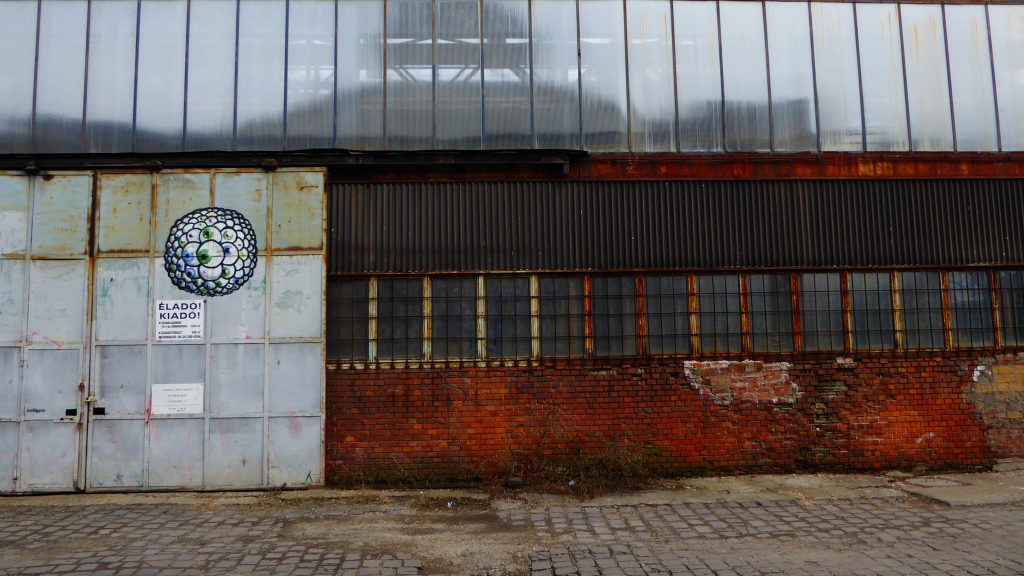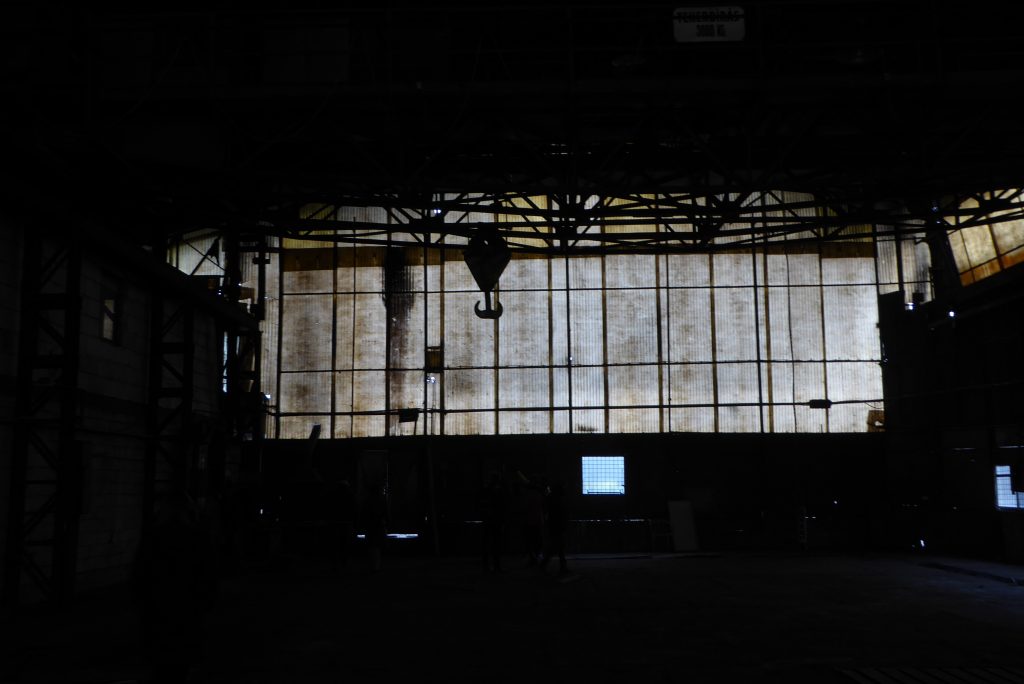Time to confess: why are you all here? The second day in Budapest is not about ambition, more about fields of interest, and is held entirely in Csepel, the 21st District of Budapest.
I would really be interested in a survey of people living in urban spaces about how they perceive the concept of proximity and distance. What do I mean? I’m interested in this because of something I’m going to be reminded of again and again in the coming days: that even though we Hungarians feel at home in Budapest, Csepel seems foreign to us, maybe as foreign as it is to the visiting group of Norwegians. It seems we’ll be tourists in our own city who can only boast that we can orient ourselves here more easily than those who have only heard of Csepel because of our mother language and knowledge about the broader cultural-social context of the place. And Csepel is a place so proud of its bygone days!

In the next few days we’ll be making spacewalk-like incursions into the area of Csepel Művek (“Csepel Works”) from our base in the socialist realist style compound of Csepel Munkásotthon (“Csepel Workers’ Home”), surrounded by ten-floor tall blocks of flats. As we are climbing to the second floor, a Norwegian artist is surprised by the strictly line-based, greyscale interior design of the 5400 square meter building complex that was originally built back in 1920. The artist is also surprised by how we Hungarians don’t even seem to notice the desolate, impoverished style of our surroundings. It is clear that we feel at home in these spaces. I tell him that there are places like these in the tens and hundreds of thousands throughout the country and the region, and that yes, all of them are uniformly the same in style – and all are our common heritage. Because even if we install new doors and windows, new designer lamps, modern heating and insulation in these buildings, they will still remain eternal (?) monuments of our socialist past.
But why is this important when writing about the motivation of participants working with art in public spaces? We are indeed very close to our topic, because the surprise of our Norwegian guest makes it clear how certain environments and countries have different effects on us growing up – for example imagine a place where big crowds could meet in public spaces “just for fun” at any time, in contrast to a regime which forbade, or at least did not support, such spontaneous gatherings.

Important questions are asked in the very first conversation, questions which we will have to revisit soon. How can artists take part actively in decision-making in urban planning? How can periodic artistic interventions affect our long-term plans with a specific space? Something that is a public space today could be something else tomorrow, or vice versa – how can an artist handle such changes?
After the organizers the artists get a chance to speak, and their motivations are as different as their artistic philosophies, but there are common ideas, like how they all believe in strong interaction and cooperation between art and society.
And we hear some strong sentences, food for thought: “Art is the annoying factor.” “Time is like a criminal.” “Someday the new will be old as well: industrial spaces today will be the postindustrial world of tomorrow.” “It would be important for people to automatically feel themselves a part of our public spaces. This is the only way we can affect the world.”
Text by Tamás Jászay
Translated by Dávid Cseh